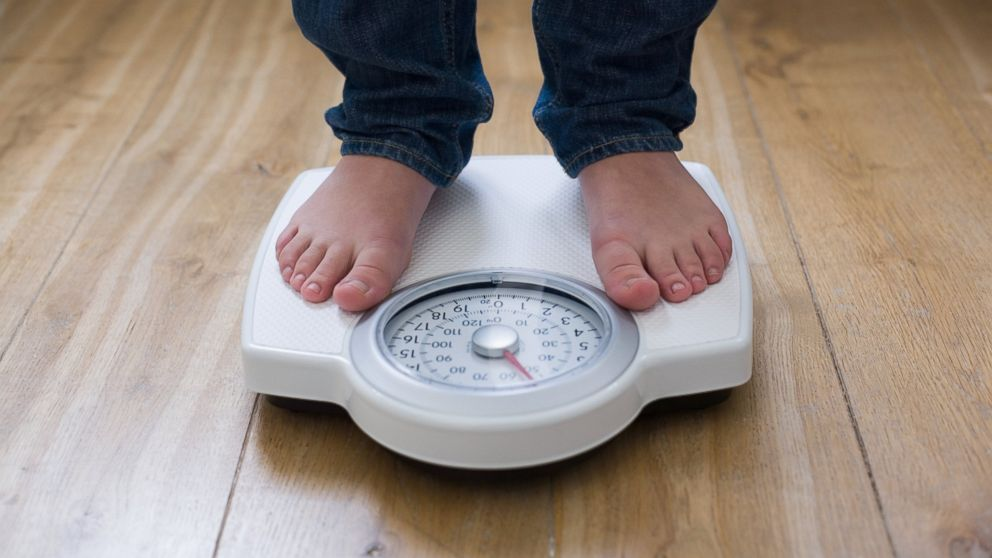Being overweight in puberty is an important factor

Obesity and blood clots are already known to be associated. Yet, it is still unknown how much of an impact a kid or adolescent’s BMI throughout puberty has. The study sought to shed light on the relationships between early-life BMI and future thrombi.
Thrombi typically start in a blood artery in the calf and develop in the legs. Common symptoms include redness, discomfort, and swelling.
Clots are rarely deadly when treated quickly. The subsequent “pulmonary embolism” could be fatal if one escapes and travels to the lungs in the bloodstream and sticks to the vessel wall there.
The current study includes 37,672 Swedish men born between 1945 and 1961. It is based on measurements of height, weight, and BMI taken from the records of the men, first from school health care services (at the age of 8 years), then from medical exams taken before enlisting in the armed forces (at the age of 20), as well as register information on any blood clots up to an average age of 62.
Distinctly elevated thrombus risk
The findings, which have now been published in the Journal of Internal Medicine, suggest that BMI at ages 8 and 20, when considered separately, may be related to venous blood clots.
This could happen in the lung or the leg (deep vein thrombosis or DVT) (pulmonary embolism).
Two groups were discovered to have a noticeably higher risk of venous thrombi in maturity. The first group consisted of people who had been overweight both as children and as young adults.
In contrast, the second group included people whose weight as children was normal and who didn’t start being overweight until they were in their early 20s.
Furthermore, it was shown that being overweight as a child or young adult increased the chance of arterial thrombi, or blood clots brought on by fatty deposits and inflammation narrowing blood channels.
However, since there weren’t many cases of arterial blood clots in the study, more research is required to support these conclusions. The control group, whose weight was normal at both 8 and 20 years old, served as the baseline for all comparisons in the study.
Being overweight in puberty is an important factor
Lina Lilja, a pediatrician and Ph.D. candidate at Sahlgrenska Academy, is the study’s first and corresponding author.
The Kungshöjd pediatric clinic employed her in Gothenburg at the time of the study. She currently works as a senior physician in Region Västra Götaland’s child health care system.
Our study demonstrates that being overweight as a kid and as a young adult increases the chance of developing venous blood clots later in life, with the latter finding that being overweight as a young adult had a greater impact than being overweight as a child, according to Lilja.
Senior authors of the study were professor and senior doctor Claes Ohlsson and associate professor and senior doctor Jenny Kindblom, both from Sahlgrenska Academy at the University of Gothenburg and Sahlgrenska University Hospital.
Kindblom says, “Obesity and overweight throughout puberty seem to have a considerable impact on a person’s future chances of venous thrombi.
The research uses information from the Gothenburg BMI Epidemiology Study (BEST), a population study, and Swedish national registers.